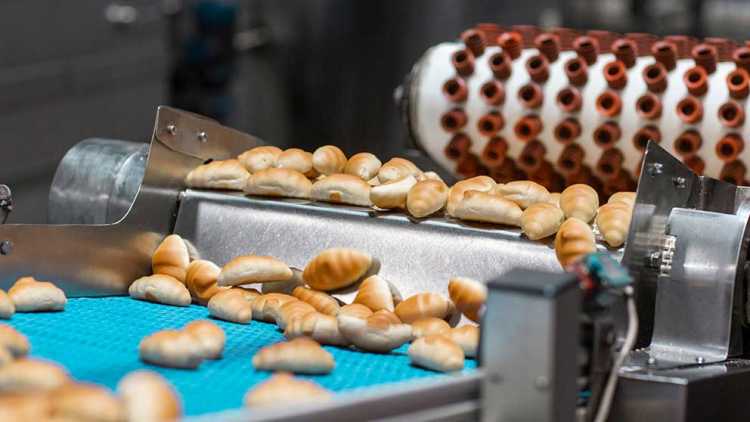COVID-19 disruptions bring opportunities and challenges to food supply chain

The Canadian economy has been under a lot of stress. The first quarter Gross Domestic Product declined by 8.2% YoY, and the unemployment rate reached 13% in April. And there’s likely more negative economic data coming in the second quarter and household income will be pressured.
Yet, retail food prices jumped 3.4% in April year-over-year (YoY), with red meat inflation reaching more than 8%. Many farm product prices were down YoY in April due to the foodservice shutdown and production disruptions induced by COVID-19.
The COVID-19 pandemic has disrupted the food supply chain, farm to fork. And these disruptions could have lasting effects.
Think global
Trade has been an important component of the continued expansion of Canada’s agriculture and agri-food sectors. Our ag and food exports totalled $68.5 billion in 2019, with both exports to the U.S. and the rest of the world recording 88% and 71% growth in the last ten years. Traditional trading partners such as the U.S., Europe, and Japan will remain key markets. However, the expansion of the global middle class offers opportunities. China is an obvious driver of trade. But there are also other Asian economies like Vietnam and Indonesia where our ag and food exports grew 548% and 253% over the last decade.
Real-time trade data from the International Monetary Fund showed that world trade in “dry bulk” goods dropped almost 9% through the pandemic with larger declines in other goods.
A future backlash against trade is possible from countries that associate self-sufficiency with food security. However, there’s reason to be optimistic as World Trade Organization members reported many new trade standards and regulations. Still, half of them were intended to facilitate trade, especially when it comes to food. And early year-to-date export numbers suggest that export disruptions have been minimal in the agri-food industry.
Act local
Consumers’ awareness of where their food is coming from was growing before the pandemic. Many Canadians have recently sought out local ingredients and food products as they have found a new affinity for cooking and baking. This trend is likely to remain strong. Recent survey data from Angus Reid supports this, with 63% of people wanting to buy more local food in the future. This push for local has spilled over into the foodservice sector with recent social media campaigns encouraging Canadians to support their local restaurants.
According to a report from the University of Dalhousie, about 9% of Canadians plan to shop online for food - before COVID-19, this was less than 2%. As with any large and sudden shift, some consumers may eventually return to their more traditional buying habits. Retailers are likely to increase investments in online and digital channels to maintain this level of consumer demand. This will expand market opportunities for Canadian food processors and producers in shipping directly to consumers.
Rising costs can influence profitability throughout the supply chain
The ratio of the industrial product price index to the farm product price index provides an estimate of the gross profit margin in specific processing sectors. In the red meat sector, the combination of higher red meat prices and lower cattle and hog prices has increased the margin ratio by 20% YoY in April 2020.
But profitability extends beyond the raw material costs. Food processors have made significant investments to maintain the reliability of the food supply chain, such as additional protective equipment for employees, pay incentives and enhanced cleaning and safety protocols. The current economic situation makes it difficult to pass on higher costs to consumers. Higher costs, coupled with diminished output in some sectors, have weakened the profitability outlook at the farm and processing levels.
The Canadian agriculture and agri-food industry will find various opportunities and challenges emerging from the COVID-19 crisis. Planning now for different scenarios involves reflecting on what new relationships across domestic and global supply chains mean for food demand, prices and profitability in the future.

Adam Smith
Process Analyst
Adam is a Process Analyst in FCC’s Enterprise Strategy division. Prior to joining FCC in 2018, he was with the Saskatchewan Ministry of Agriculture and Agriculture and Agri-Food Canada. Over his career, he’s held various roles in marketing, international trade, trade policy, market development and government programs. He holds a bachelor’s degree in Business Administration with a major in Marketing from the University of Regina and has been involved in agriculture for more than 14 years.